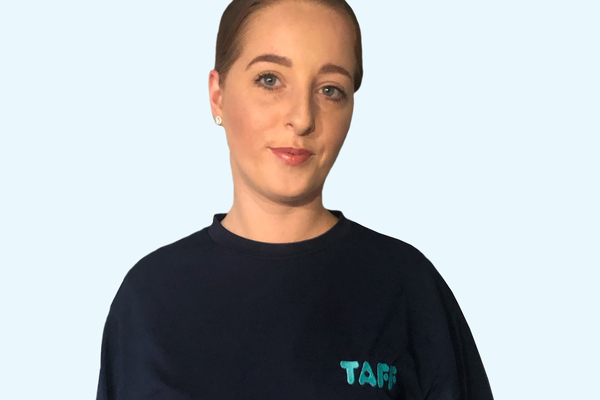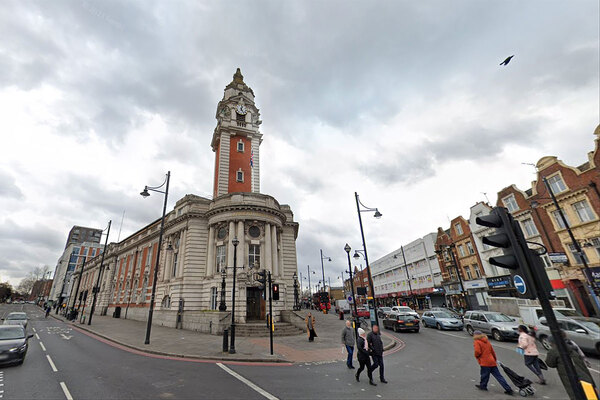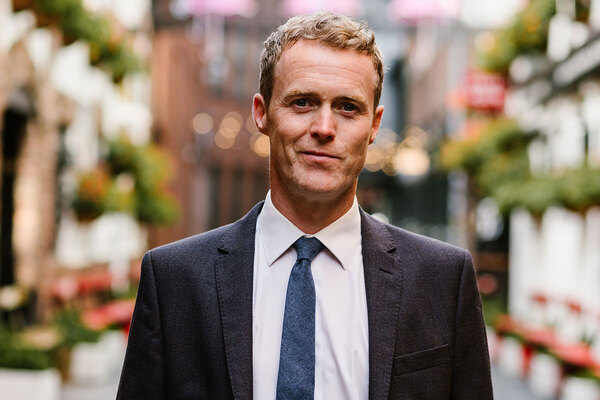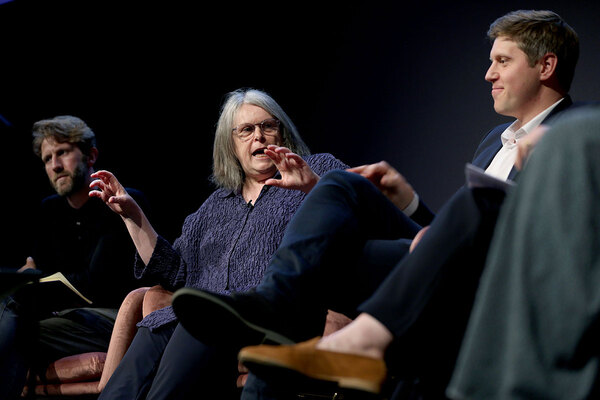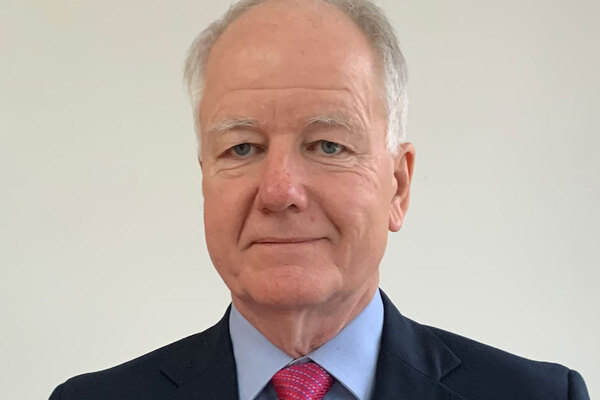Male room
There are hundreds of refuges in England and Wales for female victims of domestic violence, but only a handful of shelters for men. Alex Klaushofer looks at efforts to redress the balance
When Tom left home to escape a vicious beating from his wife and grown son, he had no idea where he would go. ‘I fled the house. I didn’t even have a coat on,’ he says.
Bruised and bleeding and with three teeth missing, he went to his local council for support. ‘The council were about as helpful as an ashtray on a motorbike,’ he says. ‘Their attitude was, “you’ve got a house – you can just go back to it”.’
But he did have a number for Stonham Housing Association in Worcester, which last September established a dedicated service for male victims of domestic violence, with safe housing in the form of five one-bedroom flats and two dedicated male support workers.
Although its offer of accommodation meant moving to another part of the country, Tom leapt at it, staying six months until he moved into permanent sheltered accommodation provided by the local authority. ‘It’s rather like being thrown out of a plane, and then meeting someone on the way down who asks: “Would you like a parachute?”,’ he says of his experience. ‘I don’t know how I would have survived without Stonham’s help.’
Tom was lucky – facilities for male victims of domestic violence are in short supply. The Dyn Project, run by social landlord Trothwy Cyf, gets referrals for its new four-bed house for men in Cardiff from across south Wales and south west England. It estimates that there are only 19 bed spaces for men escaping domestic violence in the UK. Its research also shows that, while there are 200 refuges in England and Wales for women, there are only three to five shelters for men, and only one that will take a man with a child.
Set this against official figures about the number of male victims, and the shortfall in provision becomes clear. The Home Office estimates that one in six men will become a victim of domestic violence in his lifetime, while British Crime Survey statistics for 2001/07 show that 24 per cent of all incidents of domestic violence are perpetrated against men.
‘There’s under-provision, because people often don’t take it seriously,’ says Rebecca Pritchard, head of support and neighbourhoods at the National Housing Federation.
‘It’s the chicken and egg,’ she adds. ‘If people don’t present because they don’t think there’s anything out there, there isn’t an understanding of what demand there is.’
Crisis point
The root of the problem, according to Stonham’s service manager Michelle Coates, lies partly with old-fashioned prejudices and stereotypes about male victims of violence in the home.
‘It’s still very difficult to get anyone to come forward,’ she says. ‘It’s where female violence was 20 years ago, with the shame. It’s very hard for men to speak out.’
As one of the few providers offering help, Stonham gets referrals from all over the country, largely through councils and the charity Mankind. ‘In our experience, the more provision you have, the more referrals you get,’ she says. ‘We do need more properties for men.’
According to James Busby, one of Stonham’s two domestic abuse support workers, another difficulty is getting victims rehoused in permanent accommodation.
‘I have found it’s not taken as a serious issue around the country. There are problems with regard to allocation,’ he says, adding that his organisation is currently appealing against one council’s decision not to rehouse a victim. ‘It was pretty evident there’s been a long history of abuse,’ he says.
The Montgomery Family Crisis Centre says that its male refuge at Kendal Lodge in Powys, mid-Wales, mirrors provision for women and is the only male shelter to do so in the UK. Its staff also find that the shortage of permanent accommodation creates problems.
The average wait of six to 10 months before refuge residents have somewhere to move on limits the centre’s ability to respond to those most in need. ‘There are an awful lot of people who are at crisis point who we have to turn away because we have to wait for people to be rehoused,’ says operations manager Jane Stephens. ‘There is a desperate need to expand now.’
Since opening in March 2006, the refuge has taken in 17 men and 10 children. But that is a small number compared with the 125 male referrals it has received over the same period.
The experience confirms the organisation’s initial findings before setting up male provision, when it wrote to local police, councils and health boards to try to determine the level of need.
‘The number of calls we were getting suggested there was a need for a male refuge,’ says Ms Stephens.
‘The response we got blew us away. The police were usually left to deal with men with children. A man with three children got sent to the homelessness service, a woman with three children went to a refuge.’
Providing supported housing for male victims does present specific challenges. One issue is that men are more open to allegations that they themselves have committed violence. ‘A lot of organisations worry that if they support a male victim, they could just be a perpetrator pretending to be a victim. It’s a big worry,’ says Dyn Project co-ordinator Adam Rees.
As a result, male victims of violence requesting support have to go through screening and risk assessment processes – a difference in treatment which is not lost on Dyn Project service manager Stephen Brattan. ‘It seems rather unfair that there are men having to go through an extra level of risk assessment that women don’t have to go through,’ he says.
Another difficulty, says Mr Rees, is the lack of recognition of gay men – around 20 per cent of male victims – as a target group. ‘In terms of same-sex relationships, male victims need to go somewhere as well,’ he says. ‘People don’t see gay victims.’
The pioneering providers also face the challenge of getting funding for their innovative projects. The Montgomery Centre has used a piecemeal approach, taking grants from a variety of sources: £16,400 from the Welsh Assembly Government for the three-year lease of its male safe house; £35,000 from Children in Need for the support workers; and a £20,000 Big Lottery Fund award towards other project costs.
Others are applying for mainstream funding. Stonham secured the money for its dedicated support workers from the Supporting People programme. ‘Because we’d always been providing access for men, it was easy to make the argument,’ explains Ms Coates.
And the Dyn Project is applying to its local authority in Cardiff to put the one-year pilot on a permanent footing. ‘We’re hopeful of a successful outcome,’ says Mr Brattan.
Success in practice would give substance to the official government line that male and female victims of domestic violence should receive equal treatment.
‘The government takes the issue of male victims seriously, believing that any victim suffering persistent abuse should be treated equally,’ says a Home Office spokesperson.
‘That is why the Domestic Violence Crime and Victims Act was designed to be deliberately gender neutral, and we expect all the victims of domestic violence to be taken seriously by all services. Guidance, such as that issued to Supporting People administering authorities, which provide housing related support services to more than 1.2 million people, is gender neutral.’
Meanwhile, it is the social housing providers on the ground who are making that aspiration a reality. ‘We’re very much at a time when things are changing,’ says Mr Rees. ‘But it is slow.’


